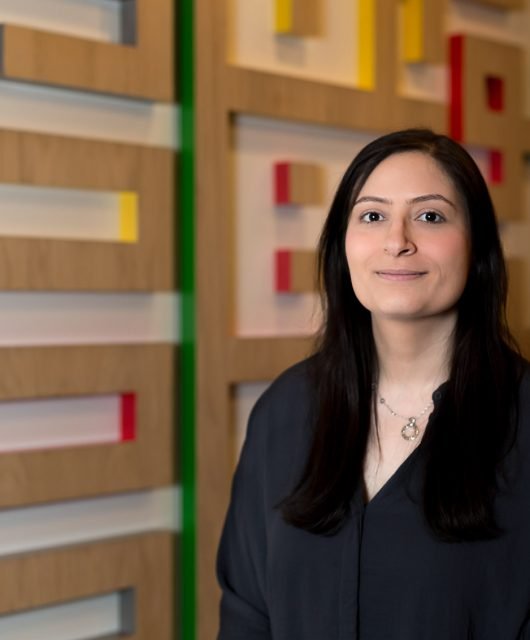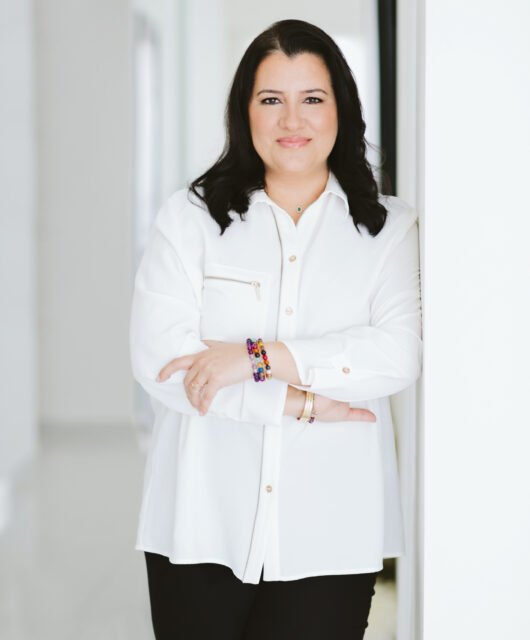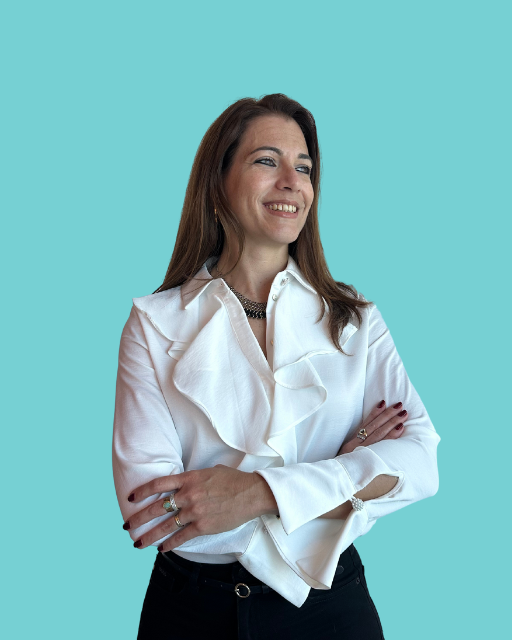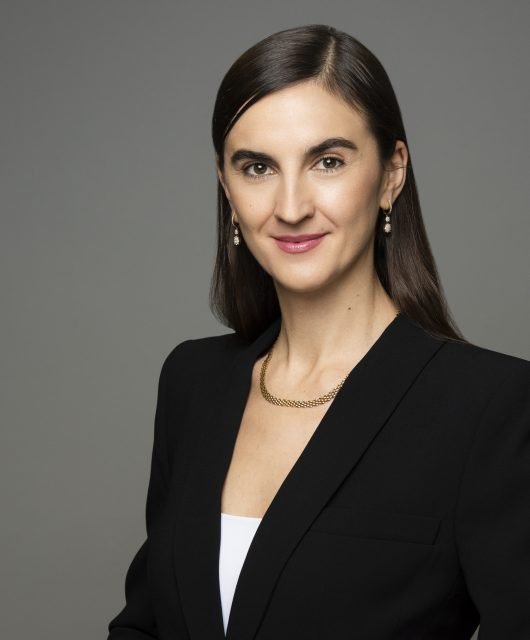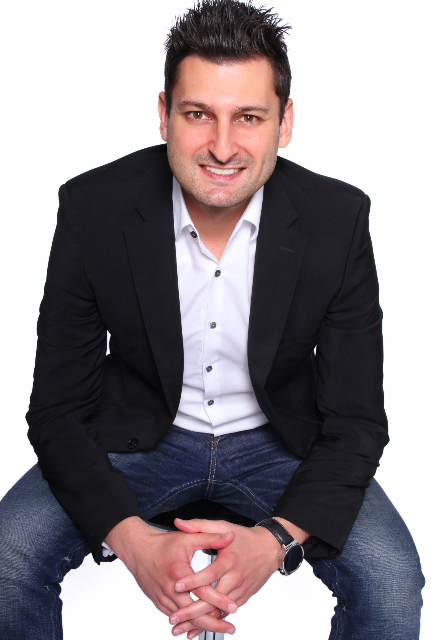Aditi Anerao and Abhiman Kulkarni: The Vision Behind “Floating Tekas”
By: Naima Shabab, F&B and Tech Marketing Strategy Consultant
I arrived in Dubai eager to immerse myself in the creative spirit of this year’s Dubai Design Week. Walking through the chic Dubai Design District, I was met with over 30 dazzling large-scale installations that transformed the streets into an open-air design museum. Beyond the eye-catching installations, the week offered a diverse program of design exhibitions, talks, workshops and a bustling market.
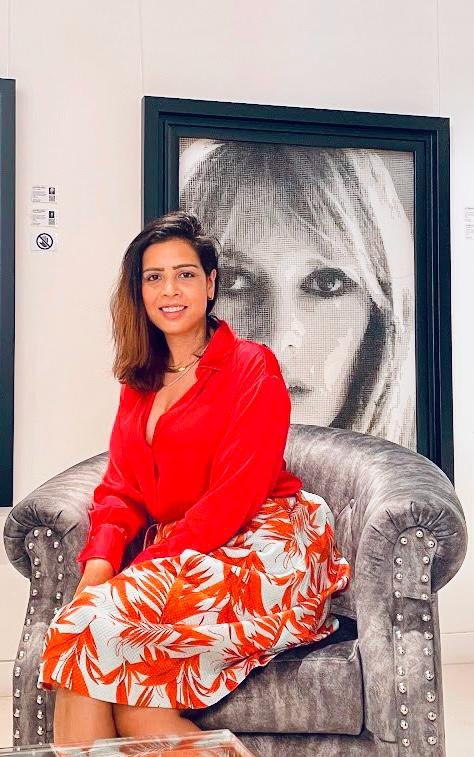
Of the many standout installations, “Floating Tekas” by House of Piranesi particularly captured my imagination. Designed by architects Aditi Anerao and Abhiman Kulkarni, the modular seating installation took the form of cresting waves, with alternating chairs (“tekas”) and benches (“baithaks”) handcrafted out of recycled terrazzo.
I sat down with Aditi and Abhiman to learn more about their sustainable design concept.
Q: What inspired you to use terrazzo as a medium for this project? How did you come up with the idea of recycled terrazzo?
A: Terrazzo was a medium of building a narrative around alternative materials for products. We wanted to reinterpret a building material as a product, rather than designing a material palette for the designed product. Our design detail was guided by the power of oneness, terrazzo was a material that allowed us to create a wholesome product devoid of a kit of parts. The monolithic nature of design would be flawless with terrazzo.
Terrazzo is a composite material with marble, quartz, granite, glass or suitable material chips with cementitious materials or polymeric base. We considered this an opportunity to explore various glass and marble factories in Gujarat, India and the waste generated by them. The knowledge enabled us to choose the raw material for our products and build a lively color palette.
Q: Can you walk me through the design and creation process? What were some challenges you faced and how did you overcome them?
A: The design process began with an idea to create a symphony with outdoor product arrangements. The best symphonies are existent in nature in various forms. We chose waves to design forms for products, and developed multiple iterations for furniture, lighting and shading devices. Dubai being geographically located on the coastline has a deep historical and cultural connection with the sea. We wanted to emphasize the wave forms and culminated the process with Floating Tekas as the outcome. The Tekas and Baithaks when placed in an alternating sequence form a wave. To allow maximum flexibility to the user we wanted to distribute the wave form in crest and trough conceptualized as seatings for varying functions. The crest forms the Tekas and troughs form the Baithak,in Hindi Teka means to lean on and baithak is a form of a seat, and also a meeting/ gathering of people. We designed Tekas and Baithak to allow the user to define the form of seating they wish to enjoy. With this design we expand the act of seating to leaning, sitting and lounging with varied arrangements of the seating forms. The geometric forms are derived from the historical architectural and art movements of Bauhaus design combined with the ongoing trend of Japandi forms. We used history to support our chosen aesthetic in combination with the appropriate anthropometric requirements for outdoor furniture.
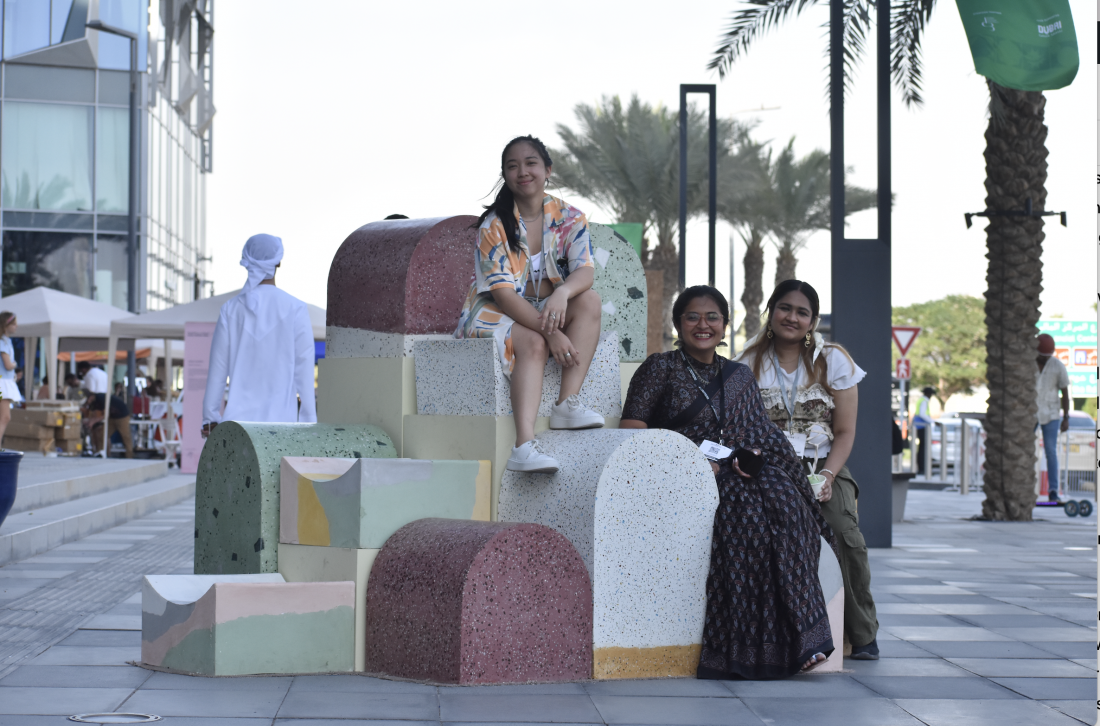
Our biggest challenge was to make a monolithic product within the weight guidelines provided by the Dubai Design Week. The design detailing was reworked with our manufacturing partners to abide by the guidelines of weight restrictions. Encoar Studio played a pivotal role in defining a method to produce the furniture in the exact form as conceptualized.
Q: What was your experience exhibiting at Dubai Design Week? How was the process of getting selected and preparing for the exhibition?
A: The experience of exhibiting at the Design Week was exhilarating! We got a wonderful response to our exhibit and some valuable interactions in the process. We had submitted our proposal for an open call arranged by the Dubai Design Week as a part of the event. The preparation for the event was a whole new learning experience for us, with newer doors opening with newer avenues.
Q: What message or experience were you hoping to convey to visitors through this installation?
A: We hope to convey joy to our users with the installation. We experienced people of all groups interacting with the installation in their own way. The curiosity about the product and its material encouraged engagement with the product.
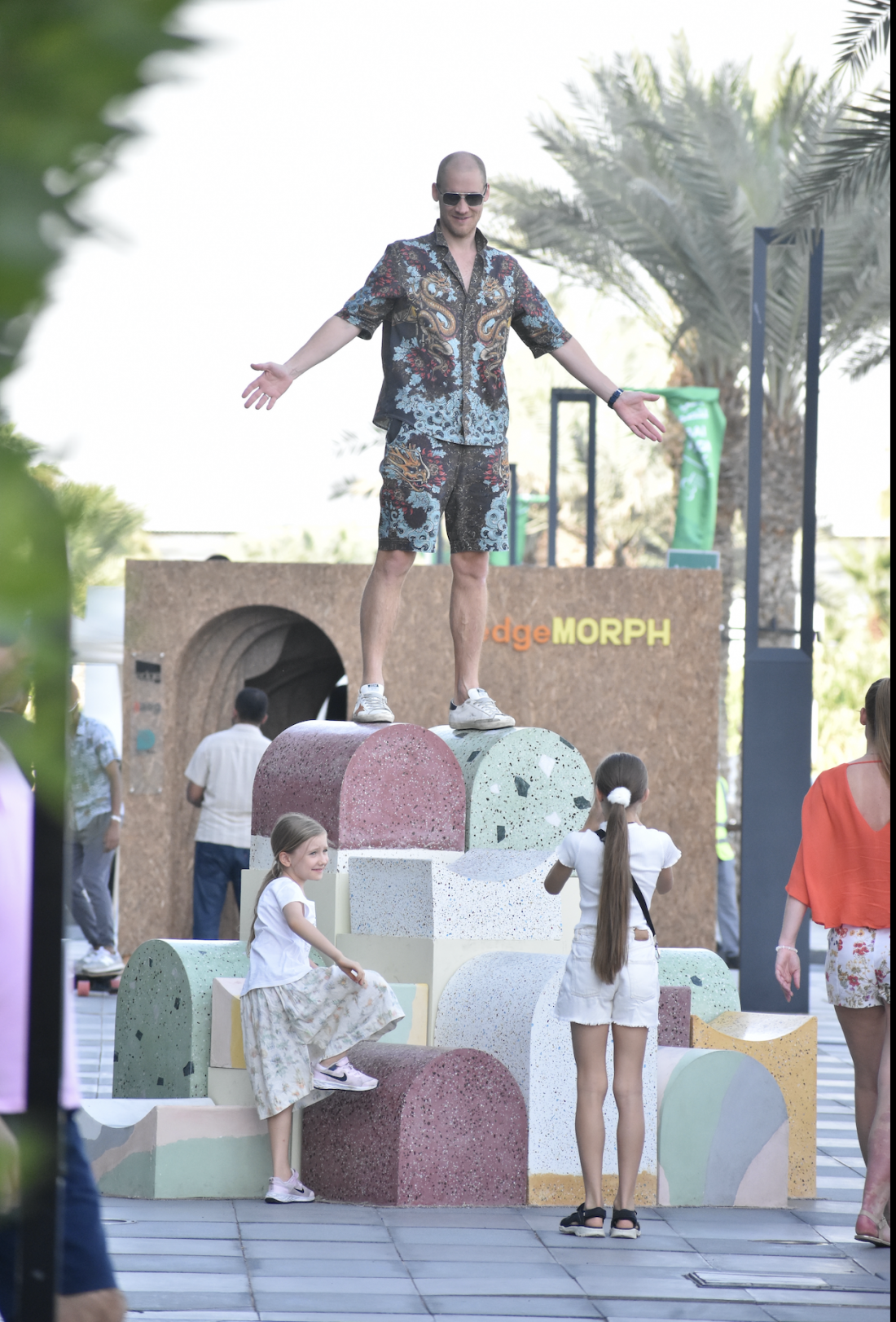
Q: How do you think design can foster sustainability and introduce new life into waste materials, as with the terrazzo here?
A: Design has the ability to communicate to wider user groups with a language free of worldly barriers. With design we may never need to preach the goodness of a material but allow the product to reach masses. A designed product can be the medium of spreading awareness on sustainability through materials, habits and life of the product.
Indeed, observing delighted visitors interact with the flowing forms, it was clear Aditi and Abhiman achieved their goal. The creativity and versatility of the seating inspired people to make the space their own. For them, this participatory spirit fulfilled their intention to design not just sculptural objects, but artifacts that foster human connection.
Beyond representing India on an international design stage, the designers hope projects like “Floating Tekas” make sustainability irresistibly appealing. By giving waste a second life in beautiful forms, they believe creative repurposing can become second nature. If Dubai Design Week is any indication, this new wave of innovative designers are certainly making waves worldwide.

